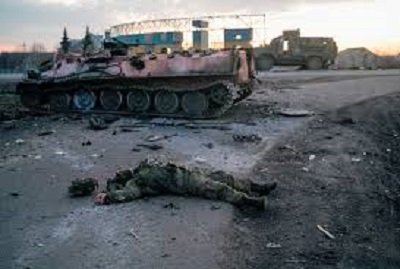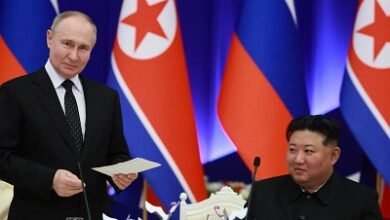
WAR-REPORT: The war in Ukraine is transforming the character of warfare in ways that will affect all future conflicts. This paper primarily aims to offer a new framework for Ukrainian forces and their Western backers to break the current positional warfare and restore maneuver to the battlefield. It also establishes a basis for discussions within the United States, NATO, and allied Pacific militaries about the implications of the current conflict for contemporary and future warfare.
Ukraine’s ongoing Kursk Campaign—a pivotal moment in the war with the potential to change its trajectory—underscores several critical battlefield characteristics that the paper discusses. Ukraine has achieved operational surprise against significant odds, exploiting Russia’s lack of readiness in its border areas.

This surprise on a partially transparent battlefield demonstrated that it is still possible to obscure intent even when the adversary can observe force concentrations.
The paper also argues that surprise can result from the exploitation of temporary advantages provided by deploying technological innovations at key moments coordinated with ground operations. It argues that Ukraine can take advantage of opportunities that come from its superior innovation cycle.

Ukraine can also benefit from the fact that Russian forces have been attacking along nearly the entire front line for months rather than building extensive fortifications in depth. It concludes that Ukraine can restore operational maneuver by planning and conducting a series of smaller successive counter-offensive operations rather than attempting a single decisive blow.
The Ukraine war offers critical lessons that the United States and its allies and partners should learn. This conflict has become the first major war to witness several technological phenomena that will undoubtedly characterize future warfare:
- Air and missile defense systems used at scale against massive and repeated drone, cruise, and ballistic missile salvoes;
- Mass use of reconnaissance and strike unmanned aerial systems (UAVs or drones), and first-person view (FPV) loitering munitions by both sides;
- Rapid, dynamic evolution of electronic warfare (EW) measures and countermeasures, including GPS jamming at scale and counter-drone EW;
- Use of maritime drones to destroy major surface combatants in port and at sea;
- Use of drones and cruise missiles to destroy advanced layered air defense systems.
These technological phenomena are just the most salient features of the current conflict likely to be central to any future major war—there are many other examples of contemporary systems and techniques being used for the first time at scale against a peer adversary with similar capabilities.

The importance of iteration and experimentation on the battlefield, as seen in Kursk, is another key theme discussed in the paper. This approach contrasts with the dangers of remaining on the defensive and highlights the need for continuous adaptation in modern warfare.








